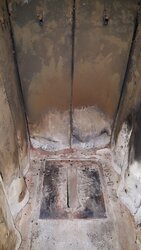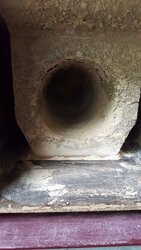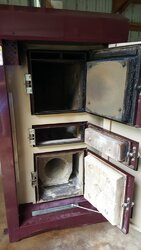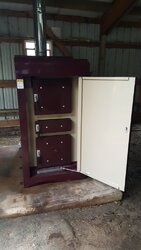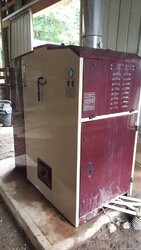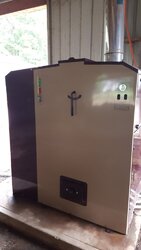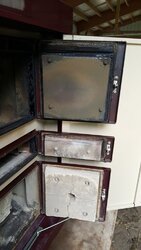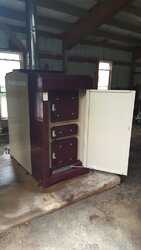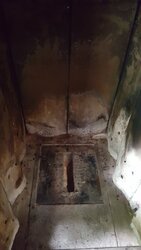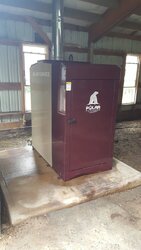Winter is once again nearly upon us here in upstate NY. Each year I thoroughly clean our boilers and this year I thought I'd share the process here with you folks.
We operate 3 burners across the property and each one is unique. The G2 has been with us for 5 years and is our residential unit that provides heat and hot water to the main house as well as a barn in the backyard which we converted to an apartment several years ago. With roughly 3500 sqft of heating space and hot water for 5 people/laundry/dishes etc, the boiler keeps up just fine.
This years annual cleaning was a breeze. We've been ahead of our wood supply for 2 seasons now and it has made a very serious difference. Quality seasoned firewood in this thing ends up coming out as a VERY fine ash which I simply vacuum out or wipe off. The secondary draft that engages upon opening the door has kept the front of the unit from accumulating what is/was an inevitable layer of soot on our other burners, the result being a boiler that looks almost as wonderful as the day we bought/installed it. The large diameter exchanger tubes were virtually clear of any sort of build up and only needed to be raked with the lever a few times. Water pumps are flowing nicely and the filters are clean and water clear. I'm considering replacing my strongwall liners only because theyre starting to warp pretty good at the bottom (see pics). The only other issue I had was a compression fitting (god I hate them...) which had loosened up enough to partially drain the system over the course of the summer. Tightened it up, filled it with water and added some treatment to the appropriate level
All in all the process took about 2 hours, time well spent for some peace of mind this winter PLUS my Alpaca's have something shiny to look at in the cold! Now if only the other boilers were so simple...
We operate 3 burners across the property and each one is unique. The G2 has been with us for 5 years and is our residential unit that provides heat and hot water to the main house as well as a barn in the backyard which we converted to an apartment several years ago. With roughly 3500 sqft of heating space and hot water for 5 people/laundry/dishes etc, the boiler keeps up just fine.
This years annual cleaning was a breeze. We've been ahead of our wood supply for 2 seasons now and it has made a very serious difference. Quality seasoned firewood in this thing ends up coming out as a VERY fine ash which I simply vacuum out or wipe off. The secondary draft that engages upon opening the door has kept the front of the unit from accumulating what is/was an inevitable layer of soot on our other burners, the result being a boiler that looks almost as wonderful as the day we bought/installed it. The large diameter exchanger tubes were virtually clear of any sort of build up and only needed to be raked with the lever a few times. Water pumps are flowing nicely and the filters are clean and water clear. I'm considering replacing my strongwall liners only because theyre starting to warp pretty good at the bottom (see pics). The only other issue I had was a compression fitting (god I hate them...) which had loosened up enough to partially drain the system over the course of the summer. Tightened it up, filled it with water and added some treatment to the appropriate level
All in all the process took about 2 hours, time well spent for some peace of mind this winter PLUS my Alpaca's have something shiny to look at in the cold! Now if only the other boilers were so simple...
Attachments
Last edited:


